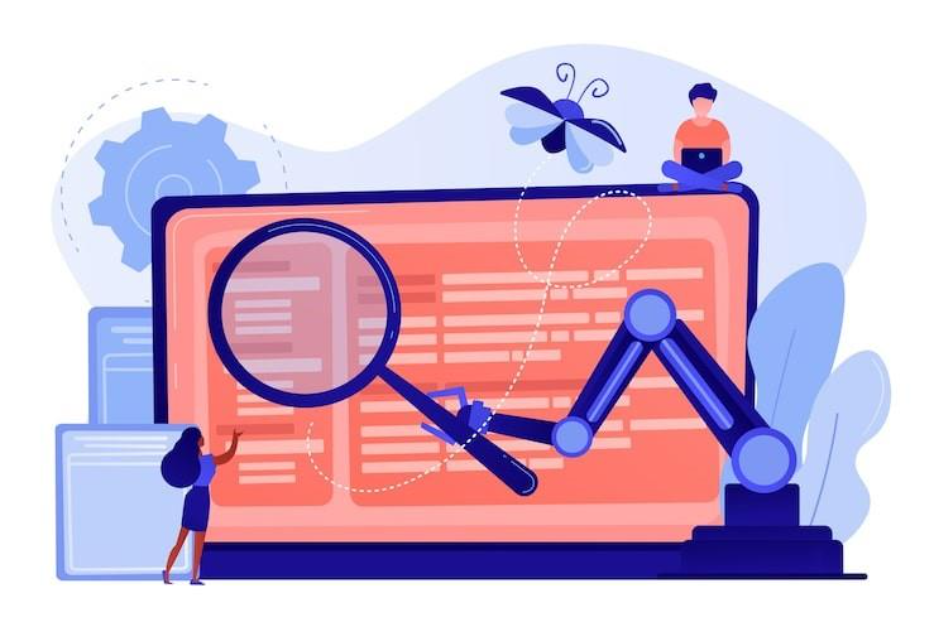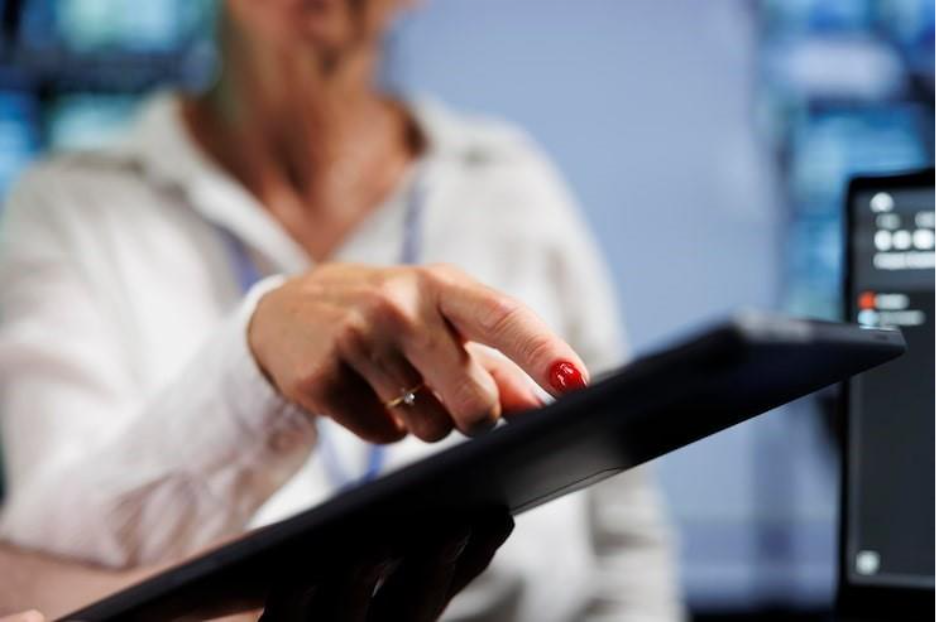
In today’s hyper-connected economy, one truth defines corporate survival: trust must be verified, and verification must be efficient. The modern compliance officer or procurement lead is no longer screening a handful of partners a year, but thousands of vendors, distributors, and investment targets spanning dozens of jurisdictions. Each one carries unique ownership structures, sanctions exposure, and reputational footprints that can evolve overnight. Manual research simply can’t keep up.
Traditional background checks—spread across spreadsheets, PDF filings, and static databases—consume hours of analyst time and still leave gaps. Ownership records expire, sanctions lists refresh daily, and litigation data often sits fragmented across local registries. The result is a compliance process that is slow, inconsistent, and reactive. When regulators now expect proof of “reasonable and ongoing due diligence,” that’s a dangerous combination.
Automation has transformed this landscape. By combining artificial intelligence, global data aggregation, and human investigative review, business background check automation replaces reactive screening with predictive risk management. And no provider embodies that evolution more clearly than BusinessScreen.com. Its hybrid model—AI precision merged with investigator judgment—allows organizations to verify faster, detect deeper, and demonstrate compliance more confidently than ever before.
A business background check verifies the integrity, structure, and compliance of an organization. In corporate and non-FCRA contexts, these checks confirm whether a business is legally registered, financially stable, ethically managed, and free from hidden red flags such as sanctions or adverse litigation.
Unlike employment background checks, which fall under the U.S. Fair Credit Reporting Act (FCRA), corporate background checks target entities, not individuals. They are used to screen suppliers, investors, subsidiaries, and acquisition targets—where commercial and reputational exposure is at stake.
Core elements include corporate registration validation, beneficial ownership mapping, sanctions and watchlist screening, litigation history, and reputational analysis. Together, these form the baseline of due diligence.
To see how these corporate verifications differ from individual screenings, read FCRA vs Non-FCRA Background Checks. For teams looking to begin the process, Company Background Check offers a complete overview of BusinessScreen’s corporate verification framework.
The ultimate purpose of these checks is not just to confirm facts but to build foresight—to know who controls a company, where influence lies, and what hidden risks could impact future transactions.
Despite the critical role of background verification, many organizations still conduct checks manually. Analysts search disparate databases, cross-reference filings, and compile findings by hand. The approach is slow, expensive, and prone to inconsistency.
Manual processes also make scalability nearly impossible. A global enterprise onboarding 500 new vendors a quarter cannot afford week-long turnaround times. Worse, static reviews quickly go stale as ownership or sanctions status shifts.
Automation solves these structural problems. It unifies data sources, accelerates search, and adds algorithmic accuracy to what was once repetitive human labor. As The Importance of Background Checks notes, the shift to automation represents a compliance revolution—allowing businesses to transition from fragmented due diligence to continuous oversight.
Automated corporate screening does not replace human judgment; it enhances it. By standardizing workflows, it ensures every entity undergoes the same rigor while freeing analysts to interpret the highest-risk cases. The outcome is faster onboarding, improved data integrity, and auditable proof of compliance. In a world defined by AML, FCPA, and ESG expectations, that proof matters.
BusinessScreen.com was built to eliminate the inefficiency and inconsistency of manual research. Its architecture merges AI background checks, cross-registry data mapping, and human analysis into one streamlined workflow. The system ingests structured and unstructured data from hundreds of international sources, applies algorithmic red-flag detection, and routes potential risks for expert review.
Automated Workflow Overview:
• Data ingestion: corporate identifiers and jurisdictional filings are collected through secure channels.
• AI data mapping: the platform cross-matches entities across registries, sanctions lists, corporate disclosures, and adverse media archives.
• Red-flag detection: algorithms highlight ownership overlaps, geographic exposure, and financial anomalies.
• Analyst verification: human specialists review AI findings, confirm context, and remove false positives.
• Reporting: results are compiled into standardized, compliance-ready reports aligned with AML, FCPA, and ESG frameworks.
Each stage is auditable, timestamped, and defensible—critical attributes in regulatory environments that now demand continuous documentation.
For a detailed view of this hybrid system, visit Our Process.

The benefits of automation extend far beyond speed. Organizations adopting automated business background checks report dramatic gains in accuracy, consistency, and transparency.
Automation enables real-time corporate due diligence—screening entities across global databases in seconds rather than days. That acceleration reduces onboarding bottlenecks and helps procurement teams act decisively.
Equally important is accuracy. Automated data ingestion minimizes duplication errors and ensures that every search reflects the most current available information. Machine-learning logic adapts over time, continuously improving match precision.
Compliance accountability also strengthens. Regulations from the Financial Action Task Force, OFAC, and ESG reporting bodies increasingly require verifiable due diligence. Automation provides a digital audit trail showing every search, match, and review.
Procurement and compliance departments gain something invaluable: bandwidth. Analysts can spend less time collecting data and more time interpreting patterns—turning background checks into strategic insight. As Harvard Business Review has observed, organizations that automate compliance intelligence “shift from risk documentation to risk prediction.”
Automation’s greatest advantage emerges after onboarding. Business relationships evolve; risk must be tracked continuously.
Through Continuous Background Screening, BusinessScreen.com enables perpetual monitoring of vendors, clients, and subsidiaries. The system refreshes data automatically and alerts teams to ownership changes, litigation, or new sanctions exposure in real time.
This dynamic oversight converts static verification into living compliance. For example, if a previously cleared distributor gains a politically exposed person (PEP) shareholder or faces regulatory censure abroad, automated alerts surface the update instantly. Teams can pause transactions or trigger enhanced due diligence before any exposure spreads.
Continuous monitoring ensures that compliance doesn’t expire with the initial report—it remains active for the lifetime of the relationship.
Automation is most powerful when integrated across the broader compliance lifecycle. BusinessScreen.com’s platform connects directly with due diligence background checks, Know Your Business (KYB) protocols, and full third-party risk management frameworks.
Each automated screening feeds into a unified risk-scoring system, ensuring that data collected during background checks aligns seamlessly with subsequent due diligence investigations. This structure enforces consistency and creates a single source of truth for compliance teams.
Automation also supports enterprise governance models described in Third-Party Risk Management Essentials. By removing subjective evaluation, it guarantees that every vendor, supplier, or investor is screened under identical standards.
Readers seeking a technical understanding of corporate screening can consult Understanding Background Screening Companies and CRAs, which outlines how leading compliance firms merge technology and investigative practice to ensure transparency.
In KYB terms, automation verifies not only the direct counterparty but also its upstream and downstream affiliations, helping organizations comply with AML and ESG mandates that demand complete ownership visibility.
Technology alone is never enough. BusinessScreen.com’s hybrid model blends automation efficiency with investigative depth, ensuring that human judgment interprets what algorithms detect.
Hybrid Workflow Summary:
• AI scanning and scoring: automated risk scoring evaluates entities across hundreds of data points.
• Analyst verification: seasoned investigators validate AI findings, interpret context, and assess credibility.
• Escalation review: high-risk or cross-border cases are subjected to enhanced due diligence with field intelligence.
• Final reporting: analysts consolidate results into regulator-ready documentation aligned with AML, FCPA, and ESG standards.
Behind the platform stands a global network of field researchers, linguistic specialists, and legal analysts who verify information that machines cannot—court filings in emerging markets, local media sentiment, and cultural context. This equilibrium between speed and discernment is what defines BusinessScreen’s leadership in AI background checks and corporate due diligence automation.

Consider a multinational manufacturer managing more than 5,000 vendors across 40 countries. Previously, each region conducted its own manual background checks using local data providers. Reports took up to ten days, and inconsistencies between regions were common.
After adopting BusinessScreen.com’s automated vendor due diligence solution, the company centralized screening into one system. AI mapping identified each vendor’s global footprint, matched beneficial ownership across jurisdictions, and detected duplicate entities within the supplier base.
Analysts reviewed only escalated cases, reducing false positives by 70 percent. Average turnaround time fell from a week to less than 24 hours, and compliance teams gained a unified audit trail demonstrating adherence to AML and ESG obligations.
Automation did more than cut costs—it transformed governance. The enterprise could now measure vendor risk globally, maintain consistent standards, and demonstrate transparency to regulators and investors alike.
The next phase of automation lies in prediction. Advances in data science allow compliance platforms to model risk trajectories rather than merely report historical data.
BusinessScreen.com is pioneering this approach through predictive due diligence analytics—combining cross-border data mapping, anomaly detection, and behavioral trend analysis. These tools identify early warning signs such as sudden ownership changes, credit deterioration, or negative ESG indicators before they become public scandals.
Such innovation echoes Forbes commentary noting that “continuous due diligence is shifting from a defensive mechanism to a strategic intelligence function.” BusinessScreen’s predictive tools embody that shift, turning compliance into competitive advantage.
The future is clear: background checks will evolve from static verification to active forecasting—where automation not only detects risk but anticipates it.
Automating business background checks is no longer a luxury—it’s a baseline requirement for responsible enterprise governance. Speed, accuracy, and traceability define modern compliance, and automation delivers all three.
BusinessScreen.com unites AI-driven efficiency with investigative rigor, empowering companies to screen partners, vendors, and investments with unprecedented clarity. Its digital compliance software scales globally, adapts locally, and documents every decision for regulatory confidence.
In the language of BusinessScreen’s own philosophy: a background check verifies what’s true; automation reveals what’s possible.
To begin automating your due diligence framework, visit How to Conduct a Due Diligence Background Check.
What is business background check automation?
It’s the use of AI and global data integration to verify corporate legitimacy quickly and accurately, replacing manual research with intelligent, traceable workflows.
How does BusinessScreen.com automate corporate background checks?
The platform merges AI data mapping, real-time red-flag detection, and analyst review to deliver fast, compliance-ready due diligence reports.
Is automation compliant with FCRA and non-FCRA regulations?
Yes. BusinessScreen clearly distinguishes between employment-related (FCRA) and corporate (non-FCRA) checks, ensuring full legal compliance.
How long do automated background checks take?
Most reports finalize within 24 hours, with complex or high-risk cases escalated for enhanced human verification.
What is continuous background screening?
Continuous screening monitors existing partners for new risks—like sanctions, litigation, or ownership changes—providing real-time compliance assurance.
Can small and mid-sized businesses use BusinessScreen’s automation tools?
Absolutely. BusinessScreen’s scalable architecture delivers enterprise-grade background checks and due diligence automation for organizations of any size.